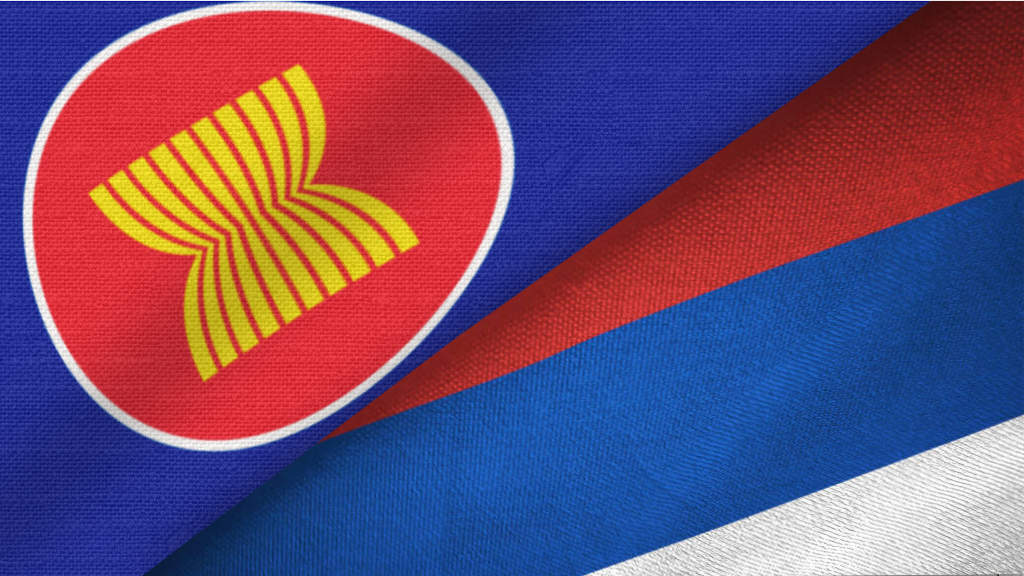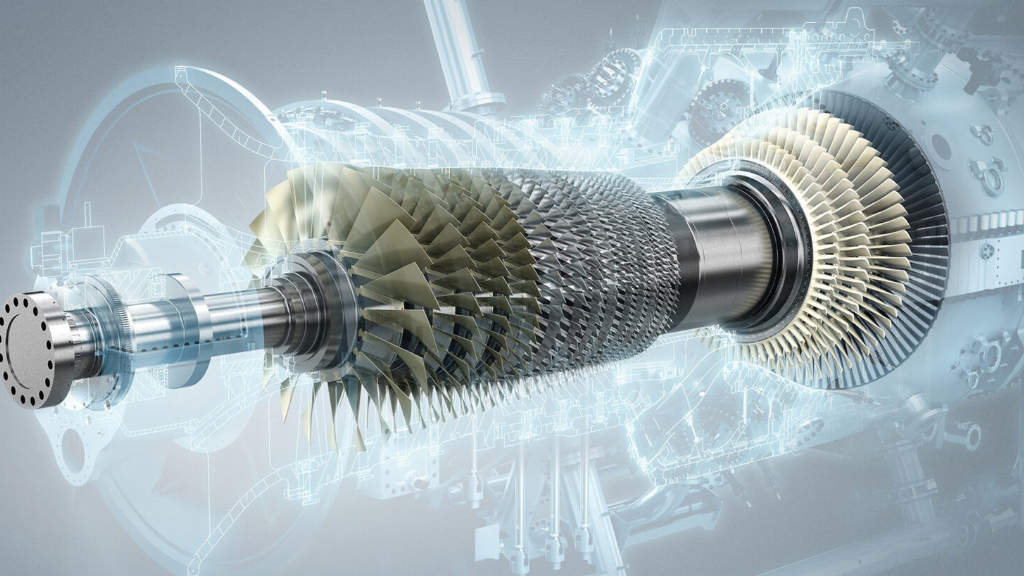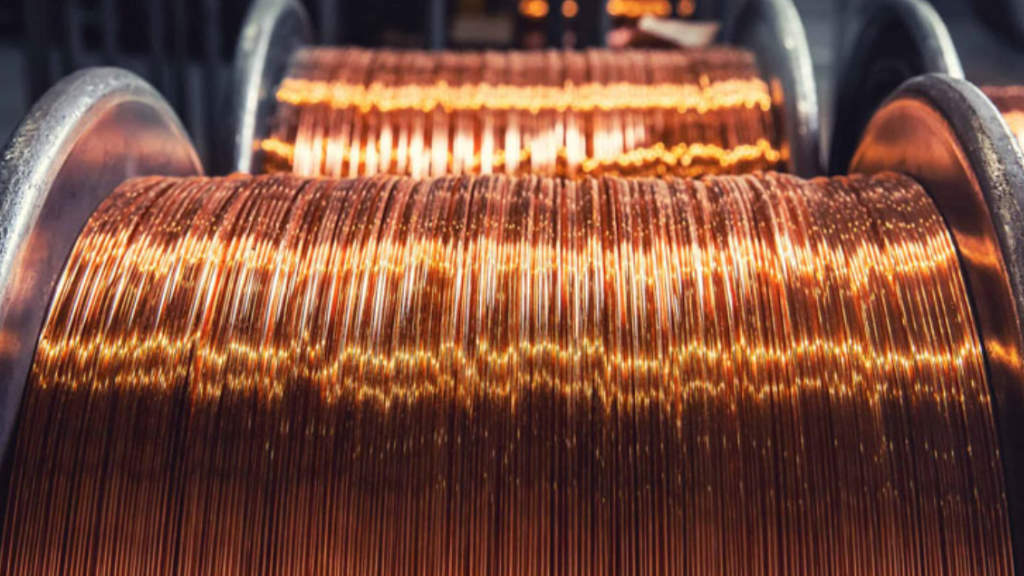Western sanctions on Russian diamonds are proving good business for Mumbai and Dubai, where European traders and cutters are now relocating too, after Brussels decided to impose sanctions on Russian sourced gems. Russia is the world’s largest supplier of raw diamonds, mostly sourced from Siberia’s Yakutia region. Neither India nor Dubai have followed the sanctions imposed by the West.
A direct EU and G7 ban on Russian diamonds came into effect in January this year, and was followed by phased-in restrictions on indirect imports from March 1. A tracking mechanism is also being planned by September to help Western authorities identify the origin of imported diamonds in an effort to avoid sanctions violations.
Europe’s Antwerp, in Belgium has traditionally been the global hub of the diamond trade, dating back to colonial times and the Belgian diamond mining industry in Africa. However, Western restrictions on Russian diamond imports have destabilized the entire industry, as traders struggle to verify gems heading to the EU. It’s not small business. In 2022, diamonds were the world’s 25th most traded product, with a total trade of US$123 billion.
The problem traders now have is that EU paperwork required on every diamond valued at more than 1 carat imported into the bloc now takes on average about two weeks to complete. Prior to the sanctions, the procedure took 48 hours. That time difference has a huge impact – with diamonds trading for millions of dollars, that additional timescale significantly increases financial costs for traders as it extends the interest costs on the time between buying and selling, which currently run at about 10%. Insurance premiums also rise due to the longer transit time. It also upsets clients along the entire EU diamond supply chain as delivery on valuable product is significantly delayed.
Matters are not going to improve – from September 1 the checking procedure will extend to all diamonds of 0.5 carats or more. As a consequence, the trade is moving out of the EU as the impact has rendered the European industry unprofitable. There will be downstream impact as well – the European high-class jewellry industry will be affected, as will the industrial sector, as diamonds are also used in precision equipment and for their hardness – the gems are used in industrial saws.
There are other issues. Being an almost pure form of carbon, diamonds from different countries are almost identical. Yet all must be independently verified before being allowed into the EU.
But this is good news for Asia, and the gem industry in India and Dubai in particular. Mumbai has long been the centre for global cutting since Imperial times. Pieter Bombeke, a master diamond cutter in Antwerp, has stated that “There used to be 4,000 diamond cutters in Antwerp. Now it’s 120. Most of the work has gone to India where the labor is cheap.”
In fact, India is now the world’s largest importer of diamonds, accounting for 40% of the global total.
While India processes diamonds, the diamond exchange in Dubai is now taking over as the global sales hub, again relocating trade away from the EU. The Dubai Multi Commodities Centre (DMCC), a Free Trade Zone in the Emirate, has reported a 19% increase in the value of diamond trade from 2022 and 2023, worth a total of US$38.3 billion last year for rough and polished diamonds. This included a 42% rise in polished diamonds and a 7% rise in rough.
From Mumbai to Dubai to the global markets – the next biggest buyers are the United States, followed by Hong Kong, which has become an Asian hub, mainly servicing the Chinese jewellery market. Hong Kong imported US$14.3 billion worth of diamonds in 2022. With the US having joined the Western sanctions against Russian diamonds, their percentage of global import share will probably fall. However, neither China, India nor the UAE – or anyone else outside the G7 has introduced restrictions on Russian diamonds. The result for the European diamond industry has been chaotic. One wonders if in future years, business academics will write books such as “How EU Politicians Imposed Sanctions on Russia and Wrecked Their Own Economies”. If so, the section on the global diamond trade will be a significant part of the book.





